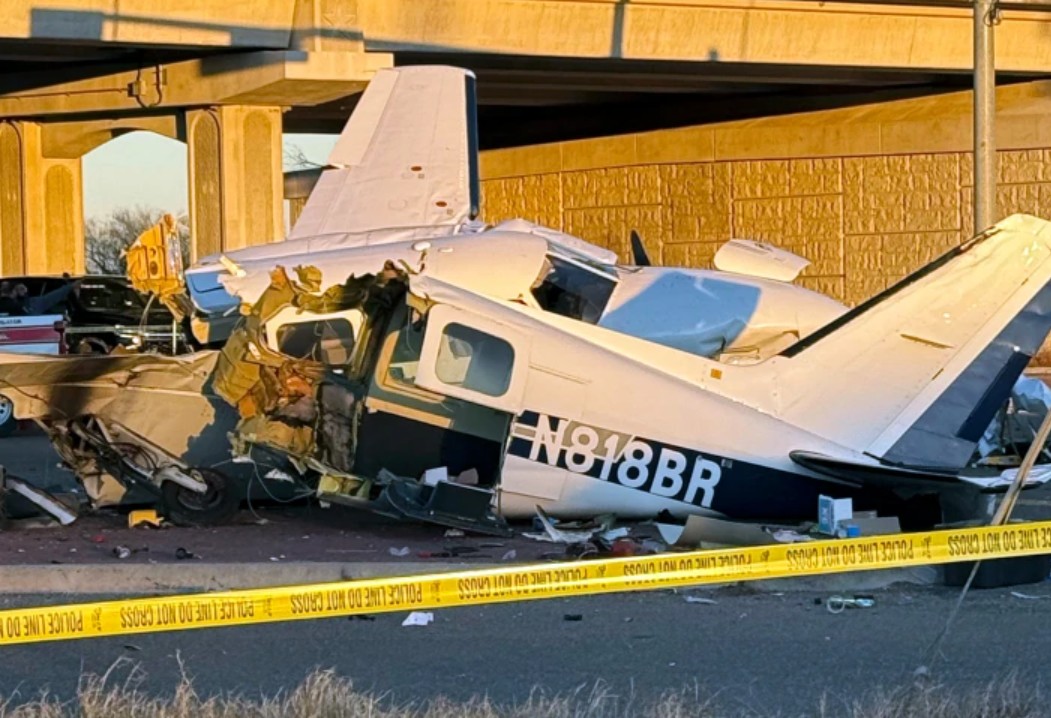Crash of a Beechcraft 350 Super King Air off Galveston: 6 killed
Date & Time:
Dec 22, 2025 at 1515 LT
Registration:
ANX-1209
Survivors:
Yes
Schedule:
Mérida - Galveston
MSN:
FL-936
YOM:
2015
Crew on board:
2
Crew fatalities:
Pax on board:
6
Pax fatalities:
Other fatalities:
Total fatalities:
6
Circumstances:
The twin engine airplane departed Mérida Airport on an ambulance flight to Galveston, carrying four Mexican Navy Officers and four civilians, among them a pediatric burn patient aged two and his mother. On approach to Galveston-Scholes Airport Runway 14, the crew encountered thick fog when the airplane went out of control and crashed into the Bay of Galveston, some 3 km north of the airfield. Two women, among them the patient's mother, were rescued. All six other occupants were killed.























